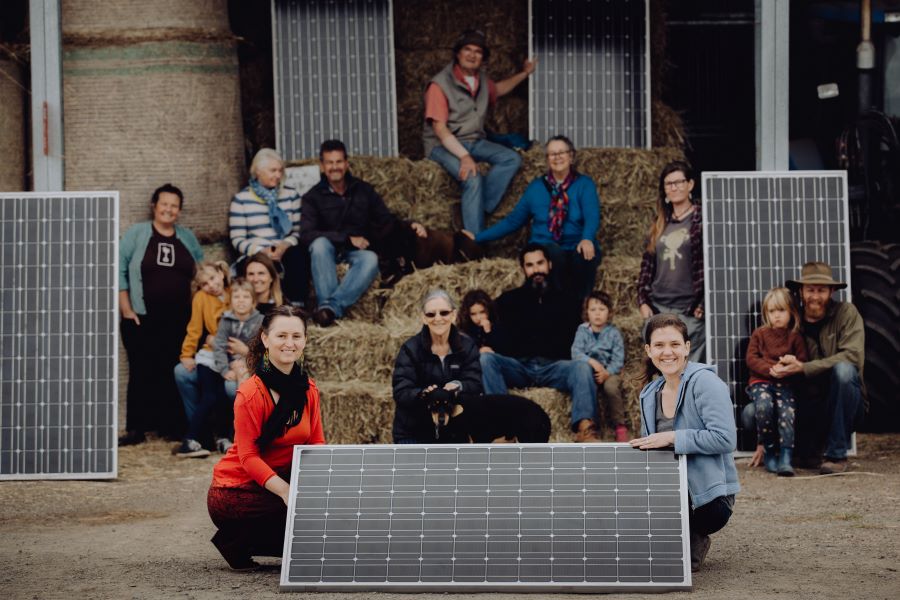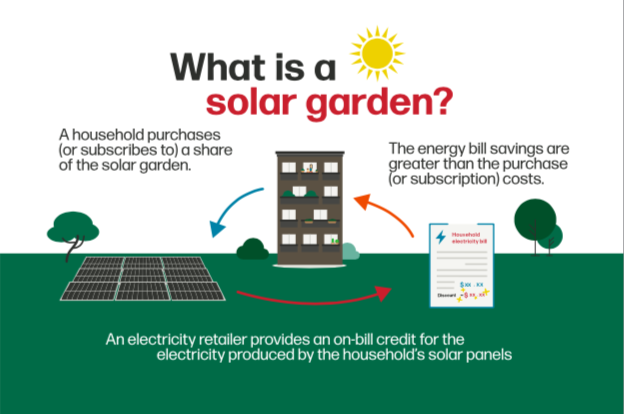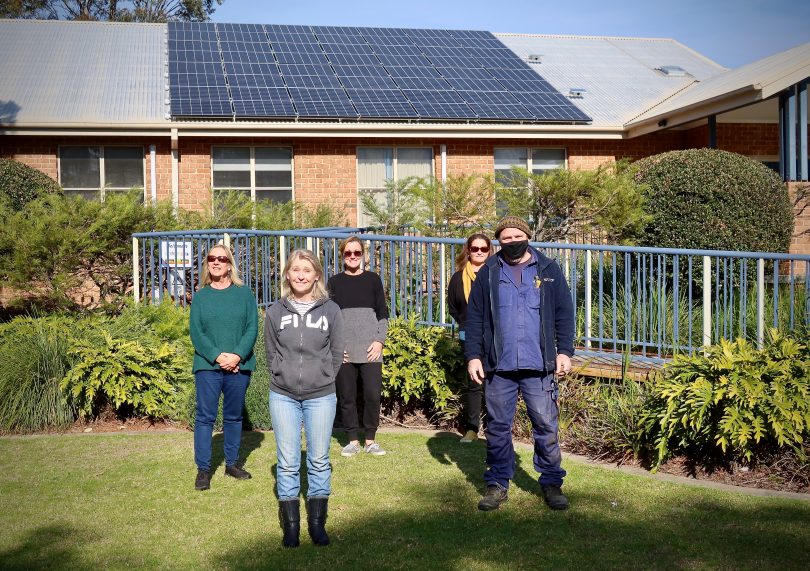Locals are best placed to really know a place. Traditional Custodians often have an unparalleled knowledge of a land and its history. Farmers are very familiar with the local climate, the winds, the rocks and the terrain. Those who work in local industries will be aware of opportunities and know the potential challenges. Community groups and residents usually know how people interact and live in a town, where the schoolkids wait for the bus, and what activities will cause bottlenecks and stress. Local people, farmers, businesses and community organisations also have lived experience of any current interruptions or limitations that their existing electricity networks provide.
Little of this can be learned from a desktop study.
That’s why it is essential that local experience and knowledge is fully part of the design for renewable energy projects.
Recently, we heard from the Minns Government that the establishment of electricity infrastructure in NSW’s first two renewable energy zones may be delayed by two years and will cost up to $10 billion. Minister for Energy Penny Sharp cited a lack of community engagement as one of the key reasons for the new timeline.
As someone living in the New England region, it has certainly been eerily quiet on the engagement front since the New England Renewable Energy Zone was declared in December 2021. However, it is encouraging to see the state government recognise the critical role of good engagement, and all eyes will be on the process as consultation on transmission line corridors for the New England REZ starts this month.
Historically, both governments and developers have often fallen short of good engagement, failing to recognise the value of community to a project’s success. They often rolled out engagement based on a “decide and defend” model, and employed authoritative decision-making, obscure jargon, and bureaucratic language buried within small printed notices in newspapers.
Proponents who fail to adequately engage with communities not only slow the shift to renewable energy, they will increase costs and upset communities. They also miss a huge opportunity.
When engagement begins early and is done well, in a way that genuinely incorporates community input and knowledge, locals know that they have been included in the planning process and understand the value they add to a project. Plus, it mitigates the risk for project delays that occur if critical information isn’t factored in at the outset.
Communities may not have all the answers, but they will have a lot of questions! And it is through engaging with these questions that government and developers can improve on their original concepts, or even better, ask communities to co-design projects with them.
Aiming for mere acceptance of a project underestimates the value of community engagement.
At non-profit Community Power Agency, we are concerned with the social aspects of the transition. We want to see how the everyday person as well as impacted landholders can participate in the design of specific projects and how the benefits from the expanding renewable energy industry are being distributed to regional areas.
When it comes to community engagement, a stitch in time saves nine. Any attempt by governments or developers to cut corners will result in neither a fast nor fair transition.
However if planned and executed well, engagement does not necessarily cause delays. Indeed, it is the very thing that could speed projects up.
This article originally appeared in the Northern Daily Leader





